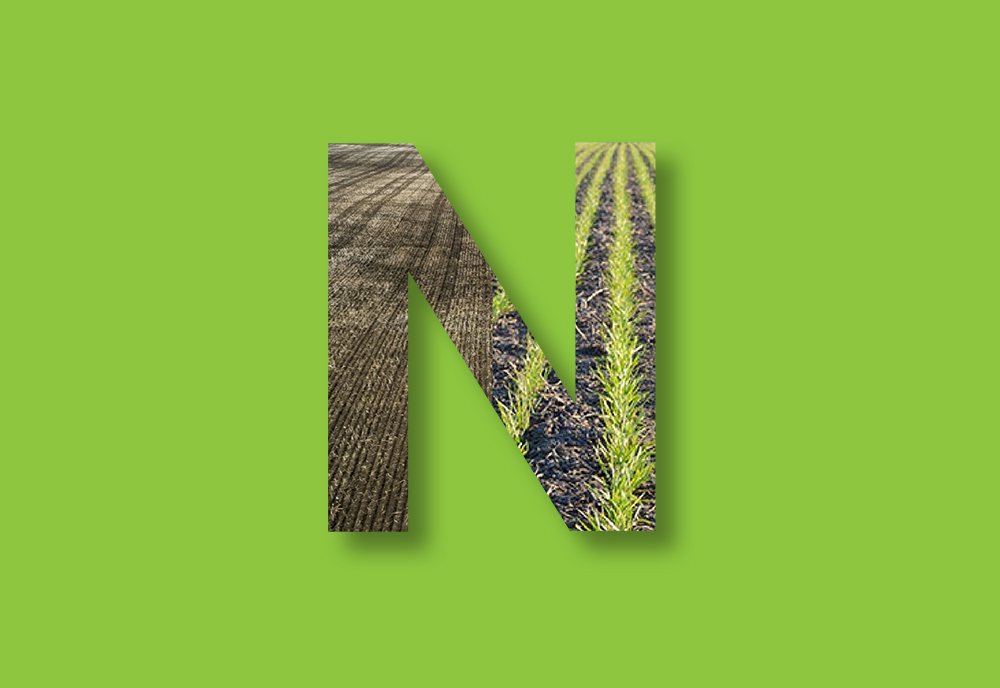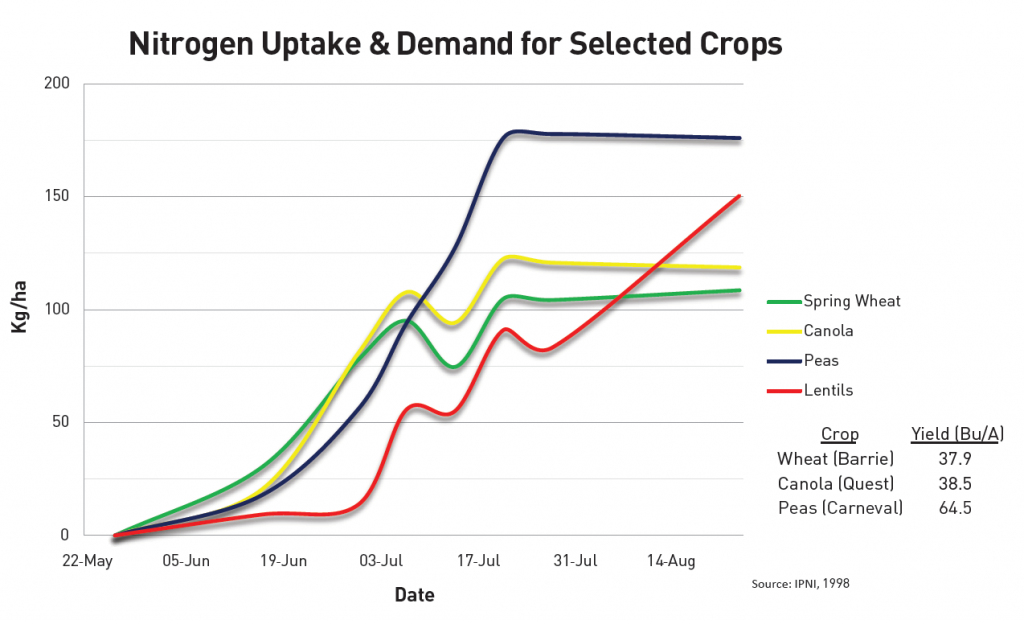
Divide and Conquer
Split Nitrogen Applications: More than Just a Nitrogen Management Tool
In recent years, a growing number of agronomists have started recommending that producers not apply all of their nitrogen at seeding. Instead, they suggest a split nitrogen application, where a portion of nitrogen is withheld and applied when the crop is ready for it (typically mid-to-late-June).
So why the shift in thinking?
A split nitrogen application can be beneficial from an agronomic, economic and environmental perspective. Used in conjunction with a nitrogen stabilizer, it can reduce N loss and improve Nitrogen uptake for a healthier, higher yielding crop.
What are the advantages of a split nitrogen application?
1. It reduces risk of Nitrogen loss
Nitrogen is notoriously unstable in the soil and prone to loss through volatilization, denitrification and leaching. This means your plants are losing out on a key nutrient, and you’re left watching your Nitrogen investment go up into thin air. This risk increases the longer the Nitrogen sits in the soil.
A split nitrogen application allows you to hold back a significant portion of nitrogen until the plant is ready to utilize it. By reducing the amount of Nitrogen simply sitting in the soil, you prevent the potential for loss.
Did you know: Volatilization is more likely to occur as the temperature rises, as nitrogen converts to ammonia and evaporates into the atmosphere. Leaching is common in sandy soil, especially with heavy rainfall. Denitrification generally occurs in wet and warm soil conditions, and is common in areas with high humidity.
The timing of a second application will vary according to the crop. (See the chart below for more information.)

2. It enhances the efficiency of nutrient uptake
Splitting Nitrogen into two applications allows the plant to utilize the N quicker and more efficiently. According to Gary Kilgore, Kansas State University Agronomist and Professor Emeritus, the second application can be timed to give the plant maximum benefit.
“When you split your N application and put a portion on later, almost all of that second application will be taken up by the plant. Plant roots are more developed and better able to access the N and the plant’s nitrogen requirement is increasing so uptake is much more efficient.”[1]
3. It allows you to make more informed business decisions
When you apply all of your nitrogen upfront, you are going all-in. In May, you do not have a clear idea of how the field will shape up or what the weather will bring. However, by waiting until June to apply the balance of Nitrogen, you will have a much better idea of yield potential. You will also have a clearer picture of commodity prices. This extra time will give you the info needed to accurately predict crop production and second application needs.
4. It can improve your logistical efficiency
By reducing the rate of nitrogen applied at seeding, you are able to fit more seed in the drill. As a result, you can seed more acres in one fill and complete your seeding early. This is valuable to know because late seeding has been shown to result in a 1% loss in yield for every additional day seeding is delayed after mid-May. [2]
5. It promotes agricultural sustainability, which today’s consumers demand
The agriculture industry is working harder than ever to demonstrate it is serious about sustainable farming practices. Limiting nitrogen loss another way growers can demonstrate they are responsible stewards of the land.
Be sure to protect your second application with a nitrogen stabilizer
As we mentioned, by timing your second application to coincide with plant demand, you will maximize efficiency and reduce loss. With today’s nitrogen stabilization technologies, growers are able to take advantage of applications that weren’t previously available – and improve efficiencies in the process.
The new normal of Nitrogen management?
We expect the practice of nitrogen splitting will grow in the years to come as word spreads about the agronomic, economic and environmental benefits.
Looking for the right Nitrogen stabilizer for your split N application?

[1] https://www.nutrientstewardship.com/implementation/split-fertilizer-application-helps-optimize-nutrient-management/
[2] https://www.gov.mb.ca/agriculture/crops/production/print,mitigating-risks-delayed-seeding.html
